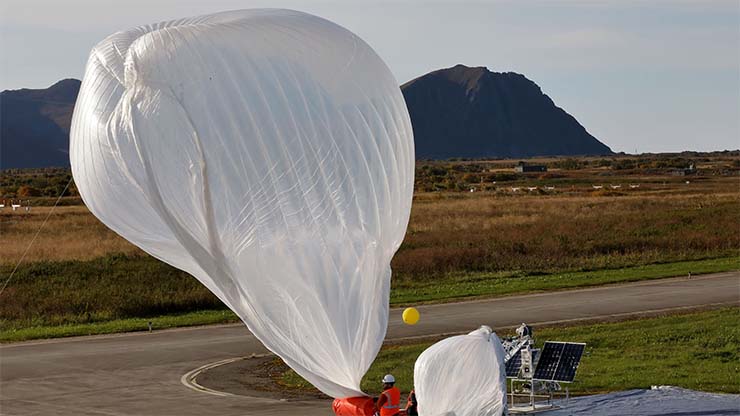
Washington: The US Army plans to start a new program in fiscal 2025 to develop and field a new high-altitude platform capable of deep sensing, according to Brig Gen Ed Barker, the service’s program executive officer for intelligence, electronic warfare and sensors.
The service wants to use sensors to conduct intelligence, surveillance and reconnaissance operations across wider ranges at greater distances, buying reaction time to respond to potential threats, for instance.
“We’re looking at these kinds of novel platforms when it comes to what capabilities can we acquire either from a high-altitude balloon, solar and fixed-wing aircraft,” Barker said in a briefing with reporters. “Really looking at affordability and the balancing of low [size, weight and power], and high-efficiency sensors to take advantage of these [high-altitude payload] capabilities.”
The Army has released requests for information, he said — one in February and another in October. More RFIs are to come out within the next four to six months.
The service has for years experimented with high-altitude balloons and long-endurance, fixed-wing, solar-powered platforms capable of operating in the stratosphere. The Army is now pursuing prototyping efforts meant to lead to programs of record.
A year ago, the Army Requirements Oversight Council green lighted the pursuit of high-altitude balloons and fixed-wing, solar-powered platforms along with payloads capable of deep sensing, per an abbreviated capabilities development document, said Col. Dave Mulack, who manages related capabilities for Army Space and Missile Defence Command.
The service is now working to get requirements approved for four other different payloads. For instance, the council has not yet validated a navigation warfare payload but is in the process. Navigation warfare sensors help spot, locate and identify possible interference with position, navigation and timing reception.
The other three payloads are likely to be assured positioning, navigation and timing; network extension; and a launched effects capability.















